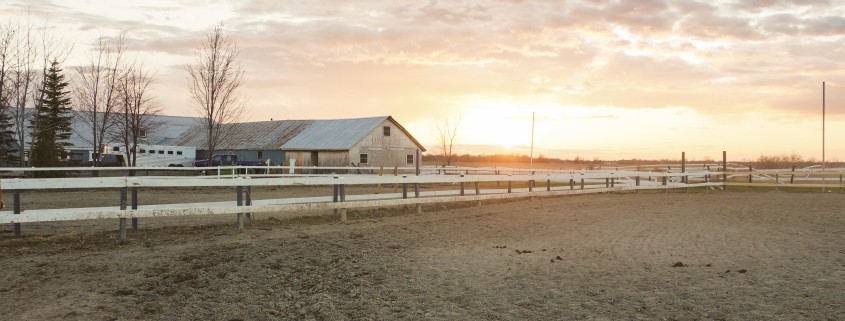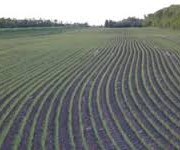Managed Risk Part 1: Harvest Sales
In an email last week, a farmer friend and former colleague of mine admitted to having 100% of his 2015 crop sold before harvest. It is the first time this has ever happened on his farm. From my years working in ag finance and farm management consulting, I can confidently say that virtually all farms are not 100% sold on new crop in advance of harvest.
As with anything, there are benefits and drawbacks to being 100% sold early in the crop season. It’s easy to identify the drawbacks: production risk (broken into yield risk and quality risk), opportunity risk (if the market appreciates after you’re sold), etc. etc. We’re not going to dwell on these because it’s safe to say almost every farmer has already spent more than enough time hashing and rehashing all the reasons why they shouldn’t sell too early. There are far more drawbacks that have been touted over the years (real, perceived, or otherwise) than I care to scribe. You’ll notice I didn’t put weather risk on the list; it is because we cannot influence or control weather. Why stress over that which you cannot control?
How about some of the benefits:
- Reduced delivery risk
- Eliminated market risk
- Reduced storage risk
- Controlled cash flow risk
When admitting his crop was 100% sold already, my friend and I didn’t get into the details of what was in place so that he felt comfortable making such a decision. He did acknowledge that prior to harvest the prices were too good to pass up. While price is an important factor, price alone is not sufficient to pull this trigger. Here’s more on what you need if you want to be a more aggressive price maker, instead of a passive price taker.
- Excellent relationship with your buyers.
When it comes to dealing with quality and grading, delivery times, or anything in between, a solid relationship with the buyer of your grain is crucial. Try using a sense of entitlement when next dealing with your buyers and see how far you get. This one is obvious; we won’t dedicate any more space describing what you already know. - Know your costs, especially Unit Cost of Production. As one of my favorite young farmers likes to say, “You can’t go broke by selling for a profit.” Such true words require that you know what it cost to produce a bushel or a tonne so that the price you accept is actually profitable. This isn’t an easy task before harvest, but those farms that have elevated management functions can clearly illustrate UnitCOP with allowances for deviation in expected yield or quality. Refer back to point #1 when dealing with those deviations.
- Abundant Working Capital.
Any drawback, real or perceived, to selling most of your crop ahead of harvest is mitigated by having abundant working capital.
The biggest selling benefit from having abundant working capital is being able to sell when you WANT to instead of when you HAVE to. The ability to sell on your own timeline affords you the opportunity to deliver in your preferred month, and to seek out your preferred price. Abundant working capital also alleviates the fear of costs incurred from not meeting contract requirements when aggressively forward selling. The hesitation felt from the potential of having to “buy out” a contract if specs aren’t met can be eliminated if working capital is abundant.
It is not unreasonable to see more reluctance this year among durum growers to forward price as aggressively as in the past. The fusarium fiasco of 2014 hurt numerous farms financially and created an air of hesitation. But if working capital was a non-issue on every farm, durum growers would not be shy to forward price after the 2014 experience. While none want to set themselves up for unnecessary cost incurrence, the ability to handle the potential cost alleviates the concern of incurring it.
Direct Questions
How would you rate your relationship with your grain buyers? What can be done to improve it?
How would you describe your knowledge of your Unit Cost of Production, and net profit margin?
What is your current level of working capital and what does it need to be to provide you with full confidence to aggressively forward price?
From the Home Quarter
Please let it be clear that this message is not encouraging everyone to sell 100% of new crop production ahead of harvest. Such a strategy takes on risks that not every farm can mitigate. But if you are desirous in forward pricing more new crop than you have in past years, then let this message offer you some tips on what you need to have in place to make that happen.
You may have noticed that working capital is a central theme to many messages delivered here weekly. If you are able to focus on only one priority, let it be working capital.
Our proprietary Farm Profit Improvement Program™ begins with working capital evaluations and True Cost of Production analysis. Please call or email to learn how this process can bring value to your farm.











Leave a Reply
Want to join the discussion?Feel free to contribute!